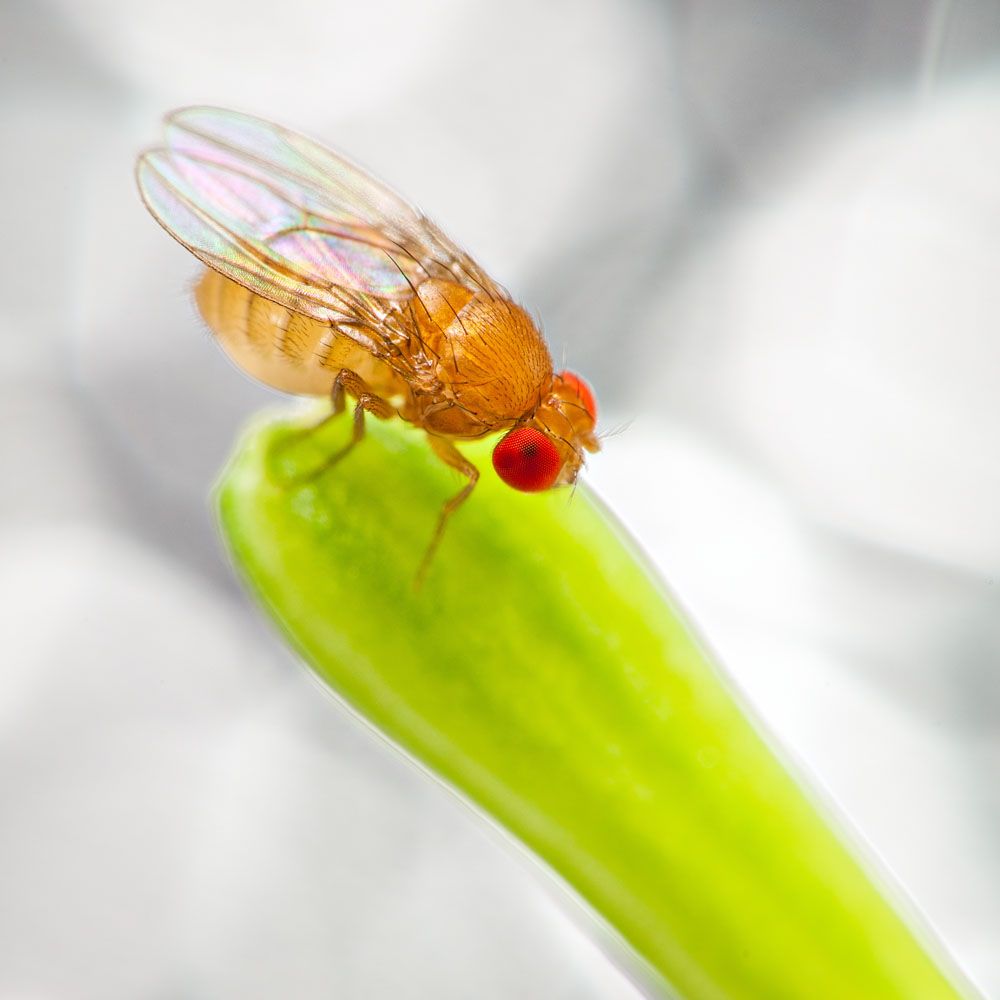
Vinegar Flies – Pomace Flies – Small Fruit Flies – Drosophila spp.
Vinegar Flies: Appearance, Territory, Damage and Life Cycle
Latin Name:
Drosophila Melanogaster
Appearance:
The Vinegar Fly is a little yellowish fly with red eyes that is usually seen near decaying fruit. Fruit flies are a little oval insect that may only reach a length of 1/8th of an inch in adults. Fruit flies, on the other hand, have a tan thorax and a black abdomen with a grey underside, whereas their thorax is tan, and their abdomen is black with a grey underbelly. Although some fruit flies have dark colored eyes, most have red eyes.
Host Plant:
The Vinegar Fly is not a fruit fly since it feeds on the yeasts associated with decaying fruit rather than the fruit itself. Fruit flies belong to the Tephritidae family of flies, hence the term “fruit fly” is more accurate. Fruit flies feed on decaying fruit, vegetables and other organic items.
Territory:
The Vinegar Fly is found throughout Australia. Three sister species of vinegar flies that are indigenous to Australia, New Guinea, and New Britain. Fruit flies are a problem all year, but they are more prevalent in the late summer and fall because they are drawn to ripening or fermenting fruits and vegetable. They also will breed in drains, kitchen, garbage disposals, empty bottles and cans, trash containers, mops and cleaning rags.
Damage Caused:
Tomatoes, melons, squash, grapes, and other perishable things carried into the house from the garden are frequently the cause of an infestation. Fruit flies are also attracted to rotting bananas, potatoes, onions, and other perishable foods that have not been refrigerated and damage it all. The larvae can cause great problems for wineries and fruit-juice producers.
Life Cycle and habits:
The yeast present in fermenting, liquefying materials is the larvae’s main source of nutrition. Overripe tomatoes and bananas, as well as decaying potatoes and onions, are frequently infected. Vinegar fly larvae can be found in the liquid that remains in the bottom of beer cans that are being recycled. Females deposit around 500 eggs along the surface of fermenting fruits and vegetables, as well as the edges of food containers. In around 30 hours, the eggs hatch and are fed for 5–6 days. After a week or less of eating, larvae usually pupate outside of the food source. Adult flies emerge after a few days and are sexually active after two days. At 85°F, the full life cycle may be completed in just eight days. A full life cycle can be 8–10 days.
